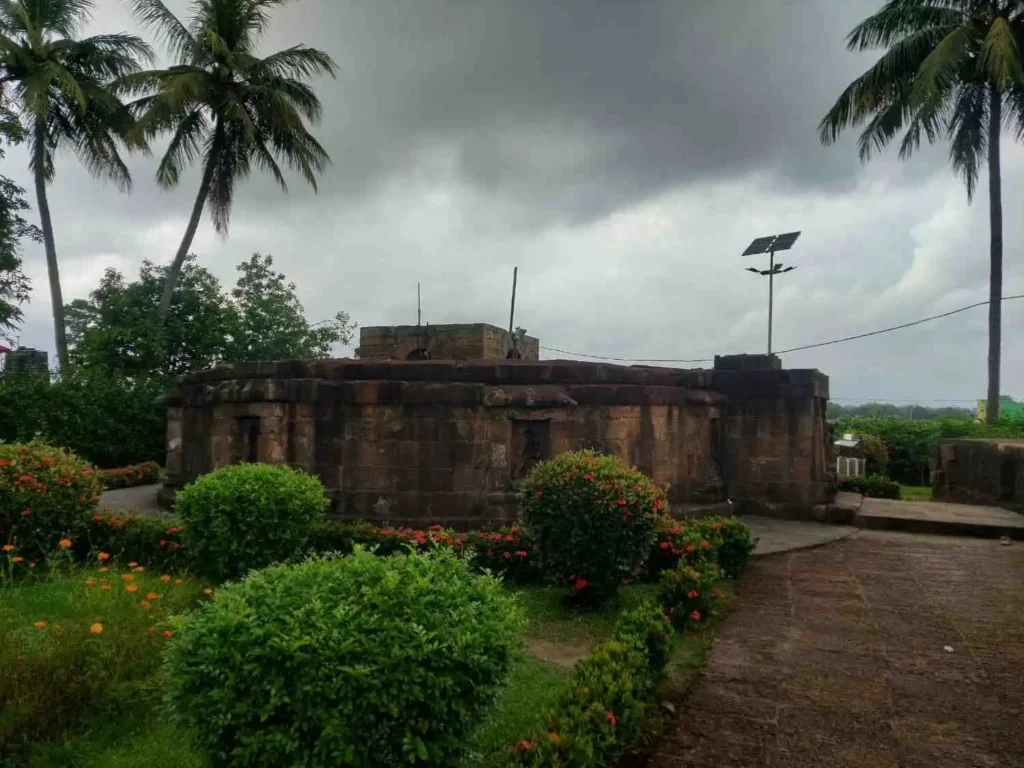Initially, when Lord Jagannath disappears from public view in Puri for 15 days during Anavasara, lakhs of devotees turn their devotion towards an ancient temple located just 22 km away—the Alarnath Temple in Brahmagiri.
Interestingly, more than just a substitute shrine, this temple holds centuries of spiritual reverence, mythical stories, and architectural marvels.
Alarnath Temple Location: A Divine Spot Amidst Nature
Moreover, nature’s charm surrounds it—Bay of Bengal lies just 6 km to the south, Chilika Lake lies to the west, Bhargavi river flows to the north, and green forests spread on the other sides.
People say that Lord Brahma himself descended from heaven to witness the divine glory of this land, which is why they named it Brahmagiri.
Furthermore, even though a settlement has grown around it, the temple still exudes tranquility and spiritual aura.

History of Alarnath Temple: From Alwars to Kings
Who were the Alwars?
Ganga Dynasty’s Contribution
Since then, a spiritual connection was established between the Jagannath Temple and Alarnath Temple that continues till today. Furthermore, this bond highlights the religious unity and cultural continuity in the region.
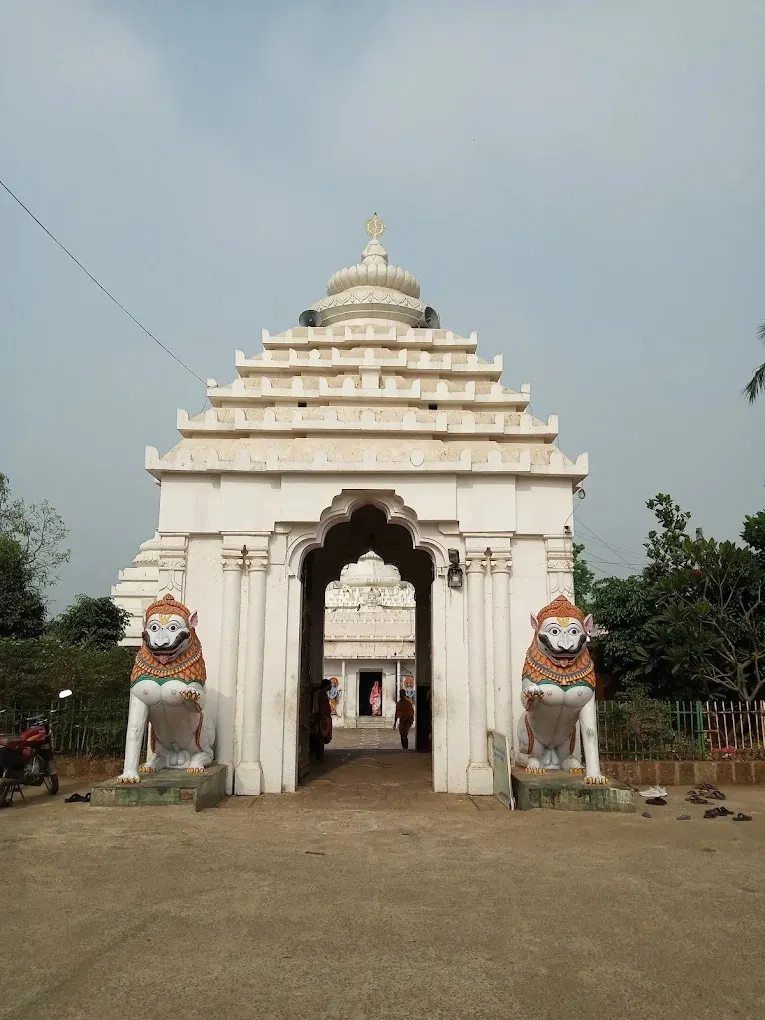
Spiritual Significance of Alarnath Temple
Sri Chaitanya Mahaprabhu’s Divine Experience
In 1510 AD, when Sri Chaitanya arrived in Puri and couldn’t see Jagannath due to Anavasara, the Lord appeared to him in a dream, saying:
“I reside in Brahmagiri as Alarnath. Come, and you shall see Me.”
Consequently, Chaitanya ran to Alarnath and had such an intense divine experience that he fainted in ecstasy on a stone. As a result, that stone melted under his body and still bears the imprint of his limbs. This sacred stone, known as Sarvaang Sila, lies within the temple premises.
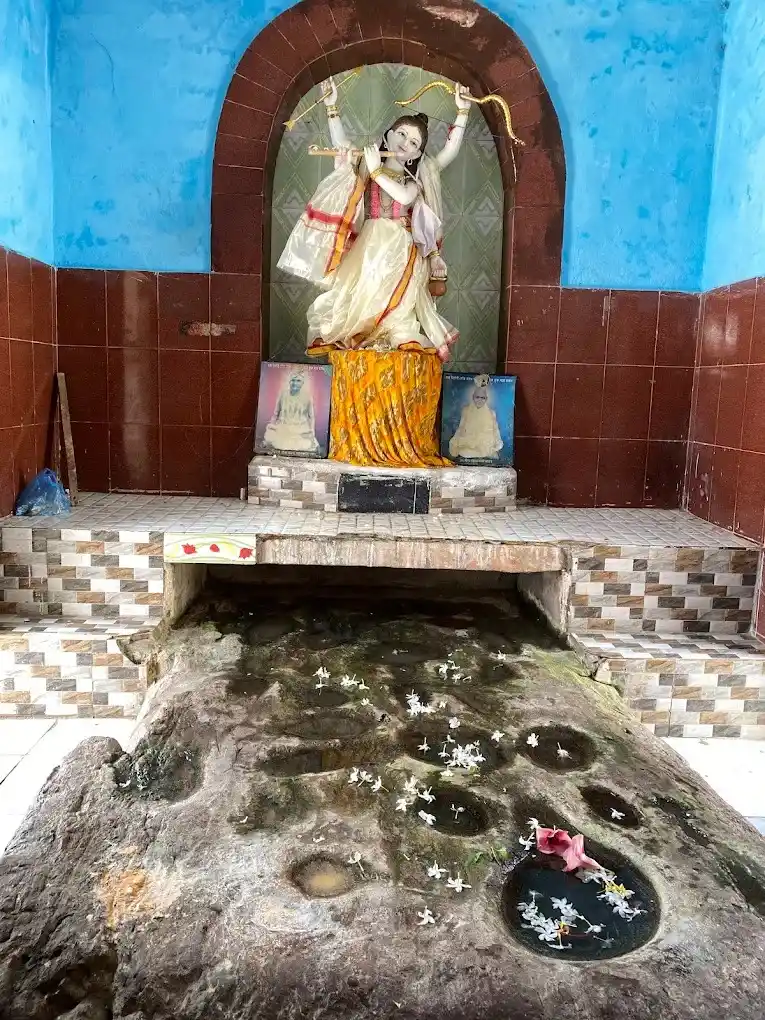
Alarnath Temple Architecture: A Forgotten Masterpiece
- Vimana (Sanctum) – 80 feet tall, 10.5 x 10.5 ft
- Jagamohan (Assembly Hall) – 50 feet tall, 34 x 12 ft
- Natmandir (Dance Hall) – 15 x 15 ft
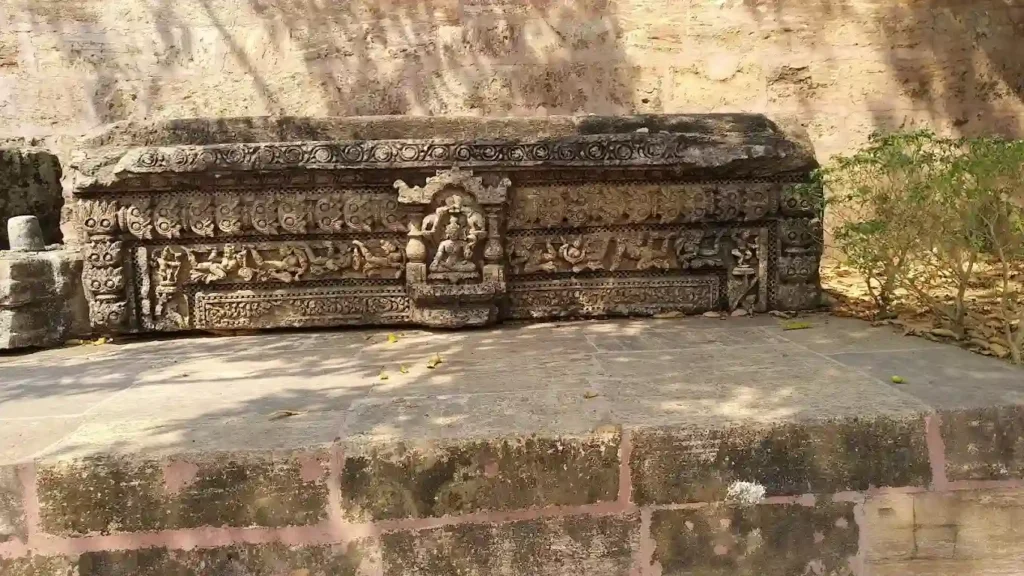
Symbolism in the Idol
- Four hands hold: Lotus, Chakra, Shankha, and Gada (in a unique blessed posture)
- Adorned with: Crown, Necklace, Turban, Bracelets, Armlets, Waist belt, and Stone Mala
- Surrounded by: Idols of Lakshmi, Saraswati, Rukmini, Satyabhama, Lalita, Visakha, and Garuda
- Burn marks are visible on face and limbs, beautiful folklore of hot Khiri(Pudding) eating tale behind it.
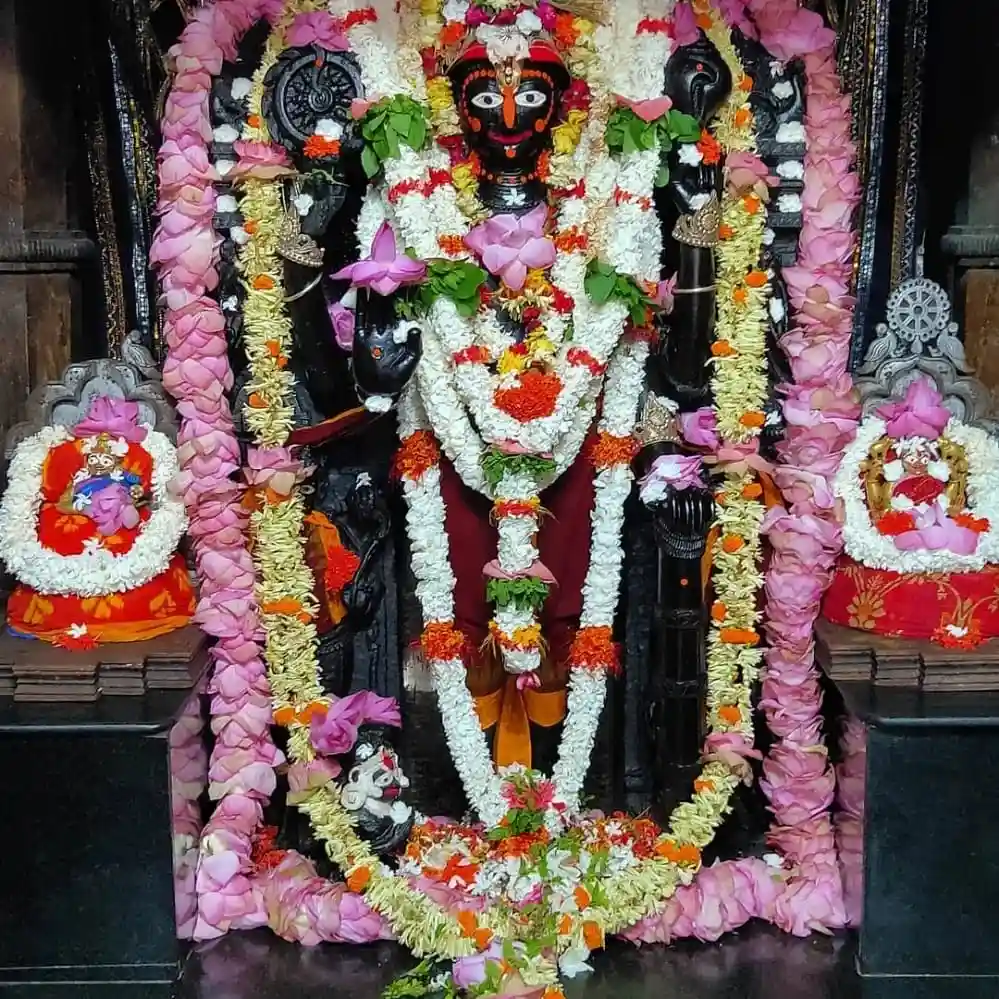
Bhogarag (Offerings) & Daily Rituals at Alarnath Temple
Sukhila Bhog (Dry Offerings)
- Morning (7 AM): Khaja, Laddu, Malpua, Gaja, Sarpuli
- Night (9:30 PM): Same sweets in Dhak offering
Sankhudi Bhog (Cooked Offerings)
-
- Afternoon (12:30 PM): Rice, Dal, Besar
- Post-Lunch (1:30 PM): Sacred Milk
- Night (8 PM): Dahi Pakhal and Pariba Bhaja (Adar Dhak)
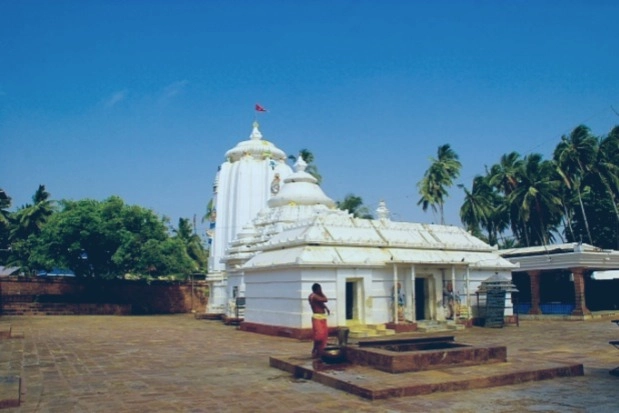
Festivals Celebrated at Alarnath Temple
- Chandan Yatra
- Dola Yatra
- Kumar Purnima
- Makar Sankranti
- Nanda Utsav
- Ekadashi Bedha
- Jagannath’s Anavasara period – The most sacred time
FAQs
1. What is Alarnath Temple famous for?
2. Who built Alarnath Temple?
3. Why did Chaitanya Mahaprabhu visit Alarnath Temple?
4. What is the architectural style of Alarnath Temple?
5. What is the best time to visit Alarnath Temple?
Conclusion: Why Alarnath Temple Deserves Your Visit
Alarnath Temple isn’t just a substitute for Jagannath—it’s a divine destination on its own. Its rich history, South Indian Vaishnavite connection, emotional tales of Chaitanya Mahaprabhu, and architectural marvels make it one of the most spiritually vibrant places in Odisha.
If you’re visiting Puri or Odisha, don’t miss this timeless temple where devotion echoes through stone, ritual, and legend.Planning a spiritual trip to Puri?
Make sure you include Alarnath Temple in your itinerary—especially during Anavasara.Experience a darshan that devotees say holds 100 times more power.
Capture your moments with #AlarnathTempleExperience and inspire fellow devotees!


